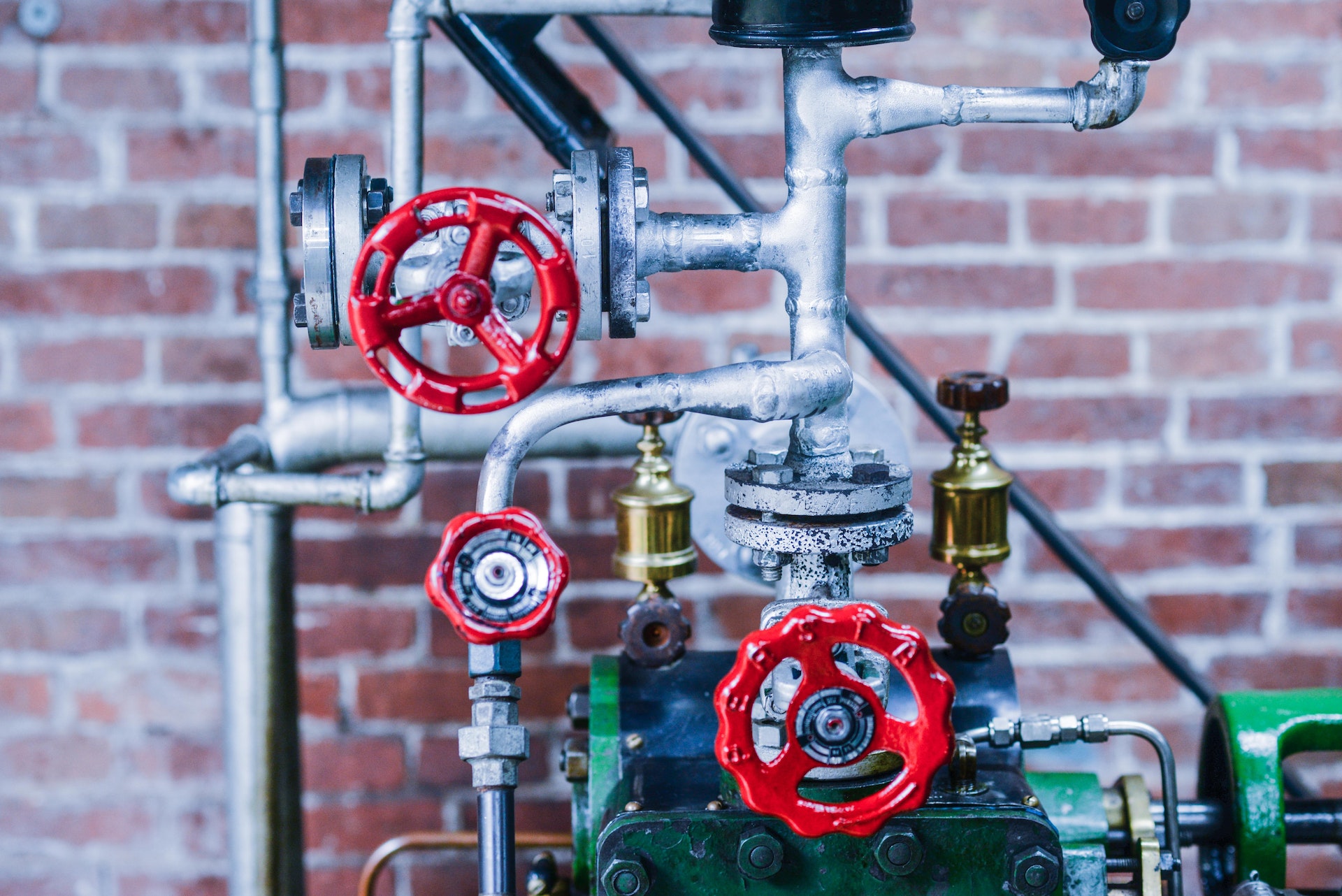In order to guide, control, or modify the flow of a fluid (gasses, liquids, fluidized solids, or slurries), a valve may open, close, or partly block certain openings in a system. Industrial valves are designed to withstand fluid or gaseous pressure and to withstand the rigors of repeated usage over many years.
Valves are mechanical components used to regulate fluid or gas flow and pressure in a given system or procedure. You can’t have a pipe system that transports liquids, gasses, vapors, slurries, etc. without them. Industrial valves are designed to regulate operations outside from the domestic sphere. Whether for water, oil, or gas, most utilities can’t function without industrial-strength, heavy-duty valves. Now that you understand why industrial valves are so crucial, it’s time to learn about the many kinds of valves there are and how they may be used. To learn more, check out this brand new Linquip blog!
Parts of Industrial Valves:
While there may be a wide range of individual designs, most industrial valve manufacturer have the following essential parts:
Valve Housing:
The valve’s housing, or “body,” is often the biggest part. All other valve parts attach to the body, which is where the material flows between the ports. The upstream port is where material enters the body of the valve; the downstream port is where material exits the body of the valve; and the third hole connects the bonnet and the actuator. Even though the fundamental design of many valves with three or more ports is the same, there are several important differences.
Valve bodies may be made from a single piece of material or many parts, depending on the valve’s size, design, and complexity. Modern casting procedures that make use of cores enable the inclusion of complicated interior chambers. Valves are cast using a variety of methods, including shell mold casting, investment casting, and permanent mold casting.
Bonnet Valve:
While the valve bonnet isn’t required for all valves, it is often seen on industrial valves. The bonnet connects to the top of the valve body using either thread within the valve body or bolts connected to flanges on both the body and the bonnet. The bonnet’s interior design permits the attachment of other parts like the actuator and the valve member.
The bonnet is usually left in place while the valve is in operation, however it may be taken off if maintenance or cleaning is required on the inside components. The hood and the top of the car are sometimes made out of the same material. The bonnet is frequently seen as a feature of the whole enclosure, even though it is technically a distinct section. A leak in the substance passing through the valve and an inability to operate the valve would result in the absence of this.
lve.
Valve Actuator:
In a lot of ways, actuators are the most vital part of a valve. Without them, a valve is just a channel or a container, therefore they are essential for regulating the flow of whatever is being contained. There is a wide range of actuator complexity, from the simplest hand wheel or handle to the most advanced computerized automated valve controller.



